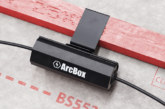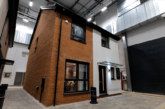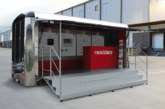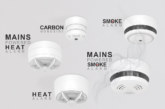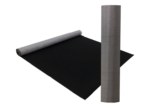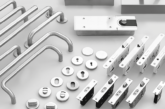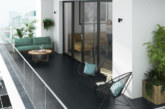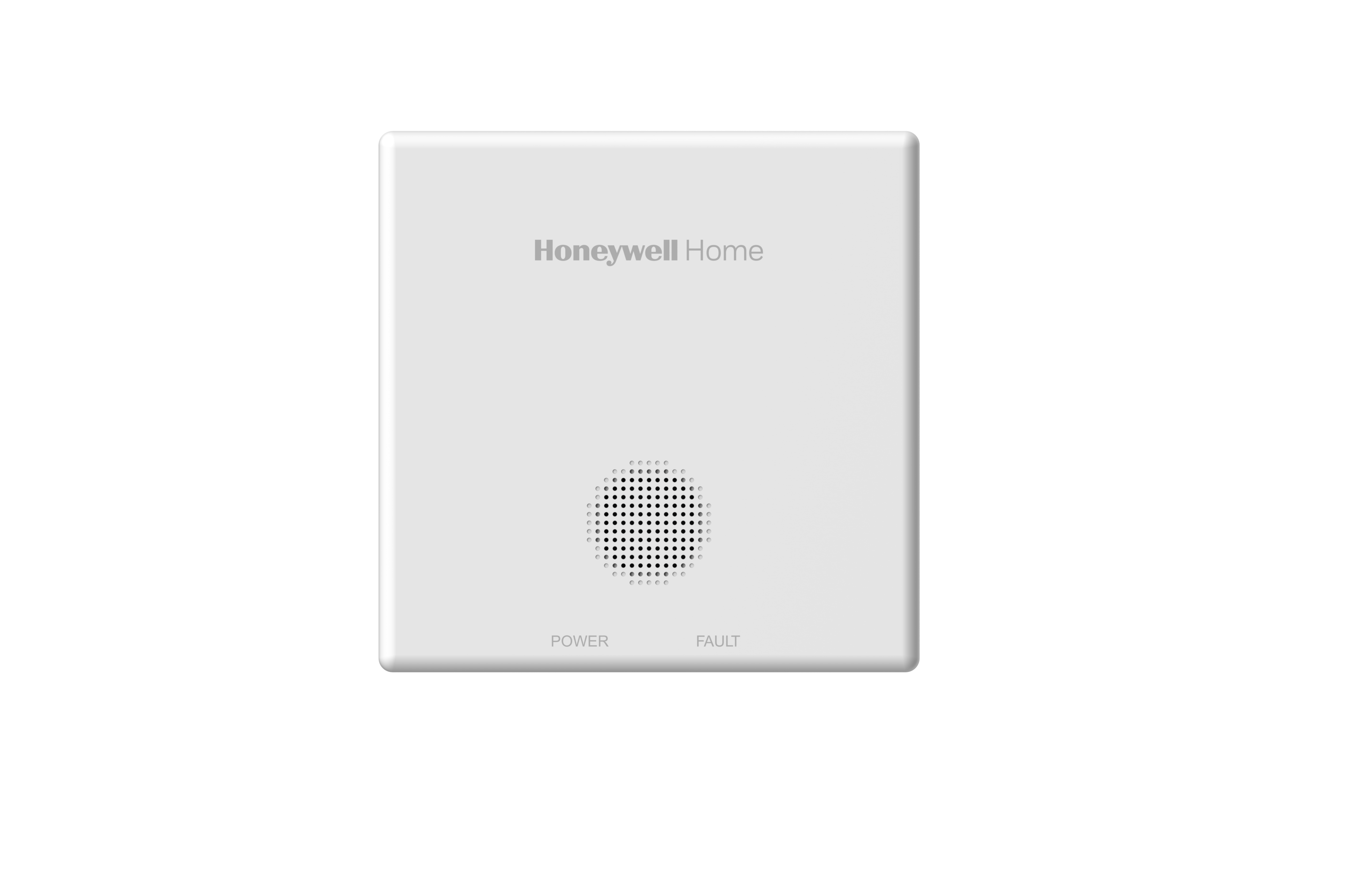
The latest guidance from the Department for Levelling Up, Housing and Communities (DLUHC) has taken a renewed approach to smoke and carbon monoxide alarms. This will mandate that new build developers building homes for the privately rented or social housing sectors, ensure the safety of future tenants by fitting several alarms in new and existing properties. Martin Wilson at Resideo, discusses what these changes mean for housebuilders, and how good product selection is essential in ensuring they pass the relevant inspections and serve tenants and landlords well into the future.
The latest guidance affects all rented homes – new and existing – in England and Wales. Published in July this year, the new legislation is well worth housebuilders taking note of – particularly for social housing and developments where the properties will be leased for private rent. The new regulations focus on extending existing private rented legislation to socially rented properties, whilst at the same time improving the existing legislation to make all homes safer. The changes commence from 1st October 2022, subject to transitional arrangements, with the relevant alarms to be fitted before then. In addition, in both privately rented houses and social housing, carbon monoxide alarms are now mandatory in rooms with any fixed combustion appliance (excluding gas cookers).
In Scotland, new legislation around smoke and carbon monoxide alarms in domestic properties came into force this February. Their focus has gone somewhat further than the guidance in England and Wales and covers all properties – new, existing, rented and owned. Not only is it mandated that carbon monoxide alarms are installed in any room with fixed combustion appliances (excluding gas cookers) but every home must also have at least one smoke alarm in the most used room in the house, a smoke alarm in every hallway or landing and a heat alarm in the kitchen.
These smoke and heat alarms should also be interconnected (or ‘interlinked’). This means that when one alarm goes off, they all go off, alerting people wherever they are in a house.
Domestic fires
Whilst improved safety standards over time have greatly reduced the consequences of domestic fires, faulty wiring, unattended cooking, and smoking remain among the most common causes.
Domestic fires can often break out at night, making reliable alarms essential for alerting tenants when they’re less likely to notice danger themselves. What’s more, modern fireproof household materials, appliances and furniture generate a lot less smoke than standard materials, which leads to smoke alarms taking longer to trigger.
The updated legislation has been put in place to help reduce the risk of fatality from domestic fires, as well as encourage quicker evacuations. Smoke alarms are an essential aspect of fire safety and choosing a product by a trusted manufacturer can help to secure customer trust and reduce follow-ups and call-backs upon completion. This can be a real advantage to housebuilders completing large developments, where every second of snagging can make the difference.
Here, housebuilders are now able look to trusted brands such as Resideo’s Honeywell Home range for stand-alone (R200S-1) and interconnected (R200S-N1) smoke alarms that provide a ten-year warranty and automatic self-test. In addition to protecting what matters most, both models can be wall-mounted or ceiling-mounted, offering a clean, stylish finish that won’t detract from the overall design of a new build property.
Temperature detection
Whilst smoke alarms have been tried and tested for many years, they are not always suitable for every room in a property. Where dust collects easily, or where smoke is often present during cooking – such as kitchens – installing a smoke alarm may result in a false signal.
This is where a heat alarm provides a better solution. Heat alarms detect an abnormal increase in temperature associated with domestic fires with a reduced chance of giving a false signal. The Honeywell Home R200H-N1 is an interconnected heat alarm with an integrated thermal sensor and wireless interconnection with up to twelve devices.
For smaller dwellings, such as flats or bedsits, an all-in-one solution – such as the Honeywell Home R200ST-N1 interconnected combined heat and smoke alarm – may be more suitable. This provides occupants with an additional layer of safety as it will pre-warn them of an increase in temperature before detecting smoke.
Don’t forget about CO
The updated legislation in Scotland, and in England and Wales, has mandated that carbon monoxide alarms must also be installed whether the fixed combustion appliance is existing or newly fitted.
Fixed combustion appliances such as space heaters, fireplaces, water heaters, and clothes dryers all have the potential to cause carbon monoxide (CO) poisoning in the home. Installing a CO alarm, such as Resideo’s Honeywell Home R200C-1 (stand-alone) or the R200C-N1 (interconnected), alongside fuel-burning appliances can significantly lower that risk.
Designed to be installed right first time with minimal disruption, the Honeywell Home CO alarm is advantageous for larger housing developments. Both the R200C-1 and the R200C-N1 are fitted with a low-power chip to ensure they last for 10 years in standby mode, reducing the potential for costly call-backs and replacements. Fitted with a high-precision sensor, the alarm sends out a signal as soon as dangerous levels of CO are identified in the room. In addition, red ‘ALARM’ text will flash up on the alarm when it sounds. This red alarm will also remain on until it is dealt with, so if it signals whilst the occupants are away from the property, when they return, they will be alerted to an incident immediately.
As CO has a slightly lower density than air, and therefore tends to accumulate near the ceiling, it is recommended that any CO alarms are placed on the ceiling, or at least five feet above the floor.
In one place
Resideo’s full range of Honeywell Home smoke, heat and CO alarms have been designed for suitability in all types of properties, with up to 12 devices being able to interlink at once.

